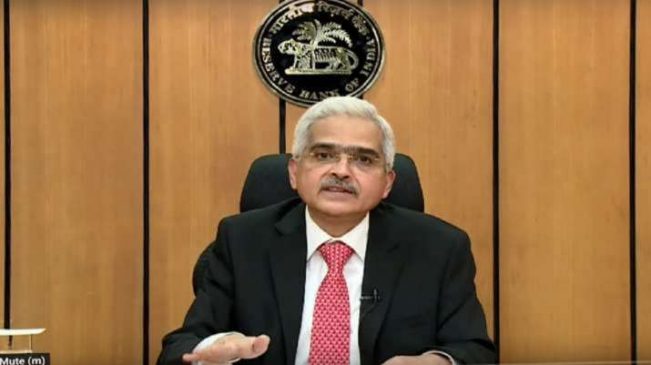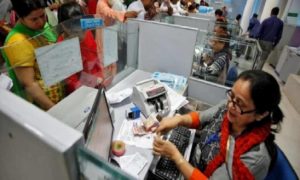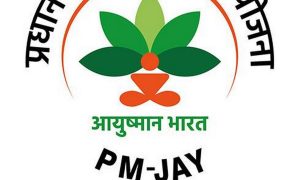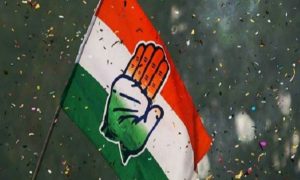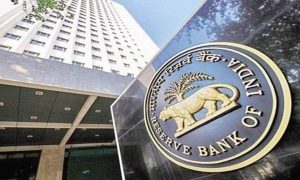The Reserve Bank of India (RBI) recently directed banks and non-banking financial companies (NBFCs) to increase the risk weights for consumer credit and bank credit by an extra 25 percentage points. This means that banks will need more capital, and as a result, the interest rates for loans to consumers might go up.
Read More: PM Modi Inaugurates Mahila Kisan Drone Kendras Initiative, Program To Boost Jan Aushadhi Kendras
One of the members of the Monetary Policy Committee (MPC), Ashima Goyal, actually hinted at this in the October policy when she said that taking precautionary steps, like tweaking loan-to-value (LTV) ratios or adjusting risk weights, would be a smarter move than pushing policy rates higher.
“This also resonates with the monetary policy stance wherein incremental withdrawal of easy money availability is the bottom line, as it poses a risk of unnatural demand,” agrees Akhil Mittal, Senior Fund Manager, Tata Asset Management.
“Current growth in some segments of credit does poses a threat of speculative demand, and hence the RBI is actively working to contain that risk. Monetary policy alone cannot respond to all the developments that impact the economy, and hence, central banks do look at tools and potions outside monetary policy to ensure stability and meet objectives, ” adds Mittal of Tata Asset Management.
“Indeed, the RBI’s move reflects a strategic shift. While increasing policy rates indiscriminately affects all borrowers, the decision to tighten prudential norms, particularly in high-risk sectors like unsecured lending for discretionary purchases such as gadgets, demonstrates a more targeted approach,”says Jaya Vaidhyanathan, CEO, BCT Digital.
Rishabh Goel, co-founder and CEO, Credgenics says that the RBI’s actions suggest a departure from relying solely on traditional monetary policy tools, such as interest rate adjustments. Instead, the RBI is strategically exploring more regulatory avenues to address the potential risks associated with unsecured lending.
“This move reflects a nuanced approach to managing inflation and demand, highlighting the RBI’s commitment to employing a diversified set of tools to navigate the dynamic economic challenges proactively and effectively, says Goel.
Market waters says that the RBI is taking the bull by the horns by increasing risk weights on unsecured loans, particularly in the small-ticket loans category. This shows the central bank’s commitment to promoting safer lending practices and responsible consumer behaviour through regulatory measures, they say.
“The recent uptick in risk weight assessment is anticipated to lead to a marginal increase in unsecured loan pricing, which is expected to have some short-term impact on their unprecedented growth. Despite these adjustments, the overall outlook for the retail lending business remains robust as there are multiple factors driving the consumption and growth rally,” says Goel.
In the immediate aftermath of the Ukraine war last year, the RBI shifted focus in April 2022 by raising the repo rate by 250 basis points between May 2022 and February 2023 to control high inflation. The RBI has been focused on bringing inflation down to its acceptable target range of 4 percent. In fact, an interest rate hike is just one of the tools available to them.
“The tightening of norms in unsecured lending is a strategic opportunity for lenders to reassess their approaches to loan disbursement and recovery.
Read More: Bank Exams 2024: Comprehensive List Of Upcoming Bank Exams In India
These short-term adjustments are expected to have an immediate impact on operations but are strategically poised to yield positive and enduring effects on the trajectory of the lending industry. As the industry adapts to these changes, the move by the RBI opens avenues for innovation and reinforces the importance of responsible lending practices,” says Goel.

